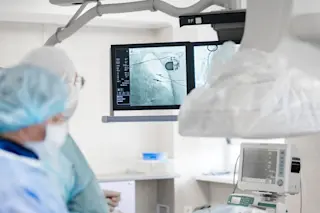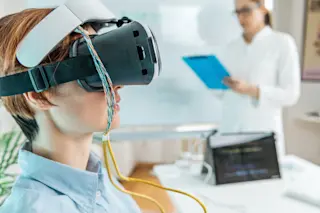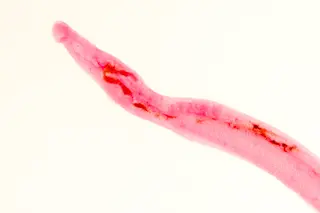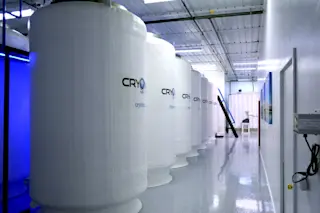The average human body expends a rough equivalent to 800 AA batteries of energy per day. But the body’s mechanical efficiency is only estimated at around 15 to 30 percent, meaning most of the energy we gain from food is released as heat.
At the same time, humans are increasingly in need of a safe, reliable source of power for the growing arsenal of implantable devices that researchers are developing to improve and save lives. At present, cardiac pacemakers, implantable defibrillators, neurostimulators, drug delivery systems, and bone growth generators mostly rely on lithium-ion batteries, but these must be replaced surgically when they run down, risking infection or leakage that can harm patients and cost money.
To solve the problem, researchers around the world are working to develop implantable generators that will harvest energy from our bodies, and they hope these will power a new generation of devices.
It may sound ...














